|
At a time when restaurant businesses are feeling pressure to identify new revenue streams, the CIO of Mattson, a food and beverage innovation firm based in Silicon Valley, says many operators are missing out on a potentially lucrative opportunity: meal kits. Barb Stuckey of Mattson told Restaurant Dive that she has long been urging operators to take a look at offering the kits to at least determine if they make sense financially or operationally, but few are following through, save for perhaps Chick fil-A. The brand tested meal kits to positive results last year, according to Forbes, though they haven’t announced future plans for them. Stuckey likes the kits because she thinks they can help operators attack some of the quality-control issues they may experience with delivery. For instance, kits may be worth a shot if you have menu items that could do well off-premise but may not travel as well when they are fully cooked (like fries and sandwiches). Or, if you have brisk lunchtime traffic, promoting the kits during lunch may help you sell to guests who want to sort out their dinner plan in advance. At least, the category could help restaurants tap into a less saturated segment that is ripe for reinvention. According to Packaged Facts said, meal kit market expansion in the future is likely to rely more on alternative purchasing venues than on the traditional subscription model, which can clash with the on-demand mentality of off-premise customers. Restaurants can provide that on-demand experience.
Banning plastic straws is so last month. Around the country and the world, hospitality brands are taking stock of all single-use plastic in their operations, along with other materials that burden the environment, and searching for technology that offers suitable replacements. If you’re looking for models showing how it can be done, examples abound. Take Live Nation, which hosts more than 35,000 events worldwide annually and recently pledged to eliminate single-use plastics at all of its festivals and venues by 2021. The Spoon reports that in addition to eliminating plastic straws, Live Nation will remove plastic food trays, beer cups, water bottles and toiletry bottles, and plans to test plant-based alternatives where possible. This is part of a larger initiative Live Nation has planned to eliminate its landfill waste by 2030.
Delivery has long been more about convenience than taste — it’s hard to make a delivered meal tastier than one served right out of the kitchen, right? Well, that may be changing as operators think more scientifically about food preparation and delivery. The Spoon reports that the fast-casual brand Dig Inn just piloted a delivery-only virtual kitchen called Room Service that rethinks food preparation for delivered foods. In a restaurant, for example, Dig Inn cooks salmon to medium-rare at 115˚F and then serves it immediately. Salmon ordered for delivery via Room Service, however, is plated rare at 105˚F, then paired with a hot potato puree that travels well. Along the route, the puree warms the salmon so the transit time improves the quality of the item when served. It’s food for thought for restaurant operators offering delivery. As ghost kitchens become more prevalent and improve upon the methods long used for delivery, how well do your food preparation plan and food safety program adapt?
Americans currently eat half of their weekly meals on the go, according to Statista research. If you haven’t yet taken steps to accommodate the convenience-driven consumer looking to satisfy a craving, you stand to lose market share to not only restaurant competitors but also to grocery and convenience stores offering prepared food. A QSR Magazine report suggests operators looking for a greater share of grab-and-go business ensure their menu effectively promotes the brand. While grab-and-go food is becoming ubiquitous, it can fall short when it’s too generic, with the expected mix of yogurt parfaits, fruit cups and pre-packaged sandwiches. If you have a dish or even a condiment that is a signature item, find a way to translate it to your grab-and-go menu. The report also advises operators tap into the millennial mindset when selecting and packaging grab-and go menu items. Think locally sourced, plant-based foods and “ugly” produce, along with environmentally friendly packaging that demonstrates your commitment to cutting back on waste. Consider using packaging that not only showcases your food effectively but can be returned and reused (in exchange for a discount on a future order, perhaps). Layered salads or smoothies served up in glass mason jars are just two examples. Finally, don’t forget to weave in on-trend flavors. A report from The Caterer suggests Japanese-inspired dishes like gyoza dumplings or yakisoba noodles can add interest and health to a grab-and-go menu, along with fruit-and-herb infused beverages.
As grocery stores raise the bar on prepared foods, some restaurants are fighting back with meal kits or other grab-and-go options. QSR Magazine reports that one brand, Newk’s Eatery, which has 120 locations in 15 states, has launched a related concept that allows people to prepare restaurant-quality food at home and provide the kind of meal customization consumers seek from restaurants. Its program, Express Market, involves having an open-air refrigerator at each location with different protein entrees (choices include flash-seared ahi, broiled shrimp, char-grilled salmon and sliced chicken), as well as pastas, sandwiches, salads, rotating soups and sides, and dressings and cakes. The idea is that consumers can build their own dinners from these building blocks — not necessarily follow a set recipe.
|
Subscribe to our newsletterArchives
April 2024
Categories
All
|

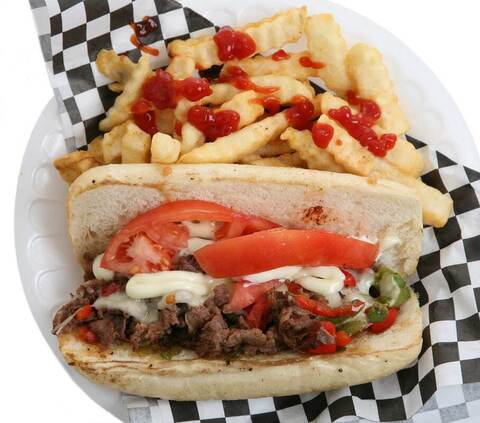

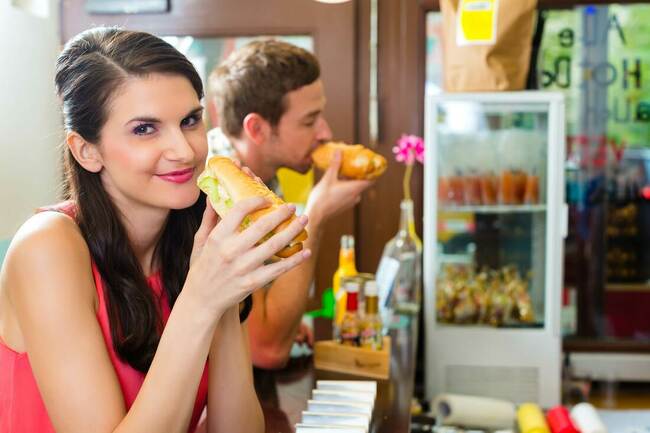
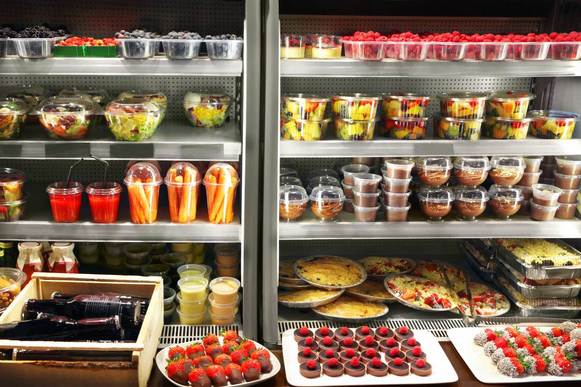

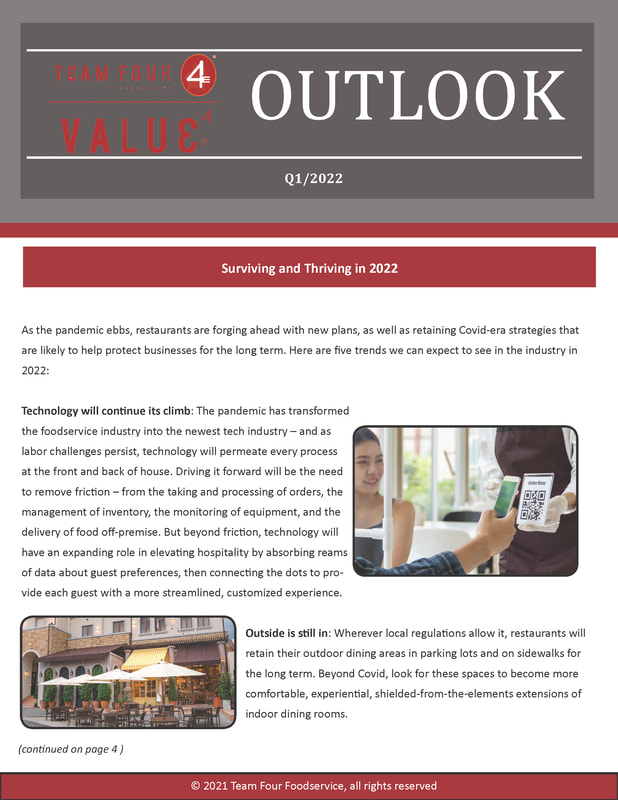

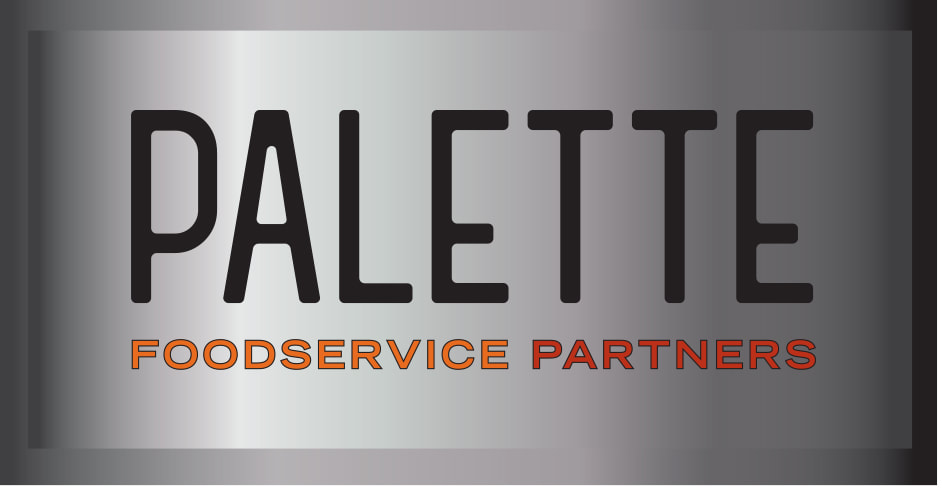
 RSS Feed
RSS Feed